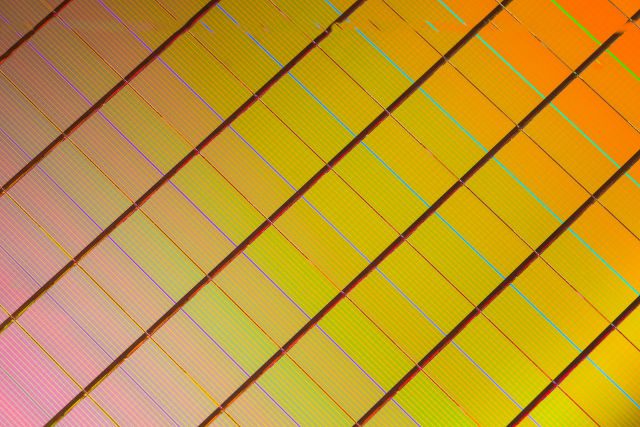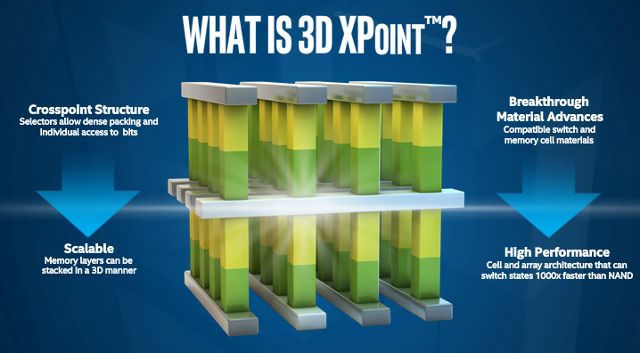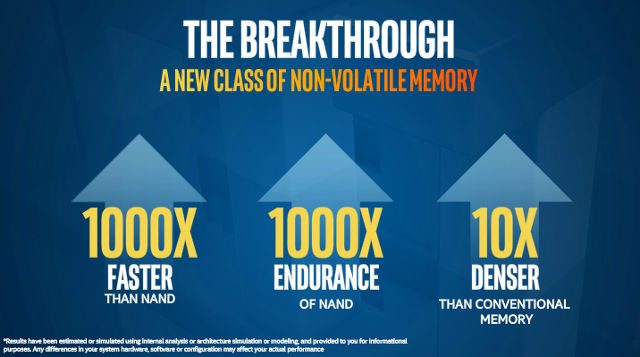SUMMARY
This is AI generated summarization, which may have errors. For context, always refer to the full article.

MANILA, Philippines – Intel and Micron have begun production on a new class of non-volatile memory – computer memory that can retrieve stored information even after a power cycling – that will be available by 2016.
Rob Crooke, Senior Vice President and General Manager of Non-Volatile Memory Solutions at Intel, and Scott Deboer, Vice-President of Research and Development at Micron, introduced 3D XPoint technology at an online press event on Wednesday, July 29.
The 3D XPoint technology, Intel and Micron said, is the first new memory category since the introduction of NAND Flash in 1989.

The cross point architecture is transistor-less and “creates a 3-dimensional checkerboard where memory cells sit at the intersection of word lines and bit lines, allowing the cells to be addressed individually.” Thus, data can be written and read in small sizes, allowing faster read-write processes.
This new technology will allow faster access to enormous data sets and also enable entirely new applications.
The benefits of 3D XPoint technology can also translate to a better computer usage experience. Users of 3D Xpoint technology would be able to enjoy faster social media interactivity. There is also the potential for more immersive gaming experiences.
The non-volatile nature of the technology also makes it ideal for low-latency storage applications as data is not erased when the device is powered off.

The 3D XPoint technology is 1,000 times faster and has 1,000 times more endurance than NAND memory. It is also 10 times denser than NAND memory, allowing an individual die to store 128 Gb (gigabits) of data.
In a statement, Crooke explained: “For decades, the industry has searched for ways to reduce the lag time between the processor and data to allow much faster analysis. This new class of non-volatile memory achieves this goal and brings game-changing performance to memory and storage solutions.” – Rappler.com
Add a comment
How does this make you feel?





There are no comments yet. Add your comment to start the conversation.